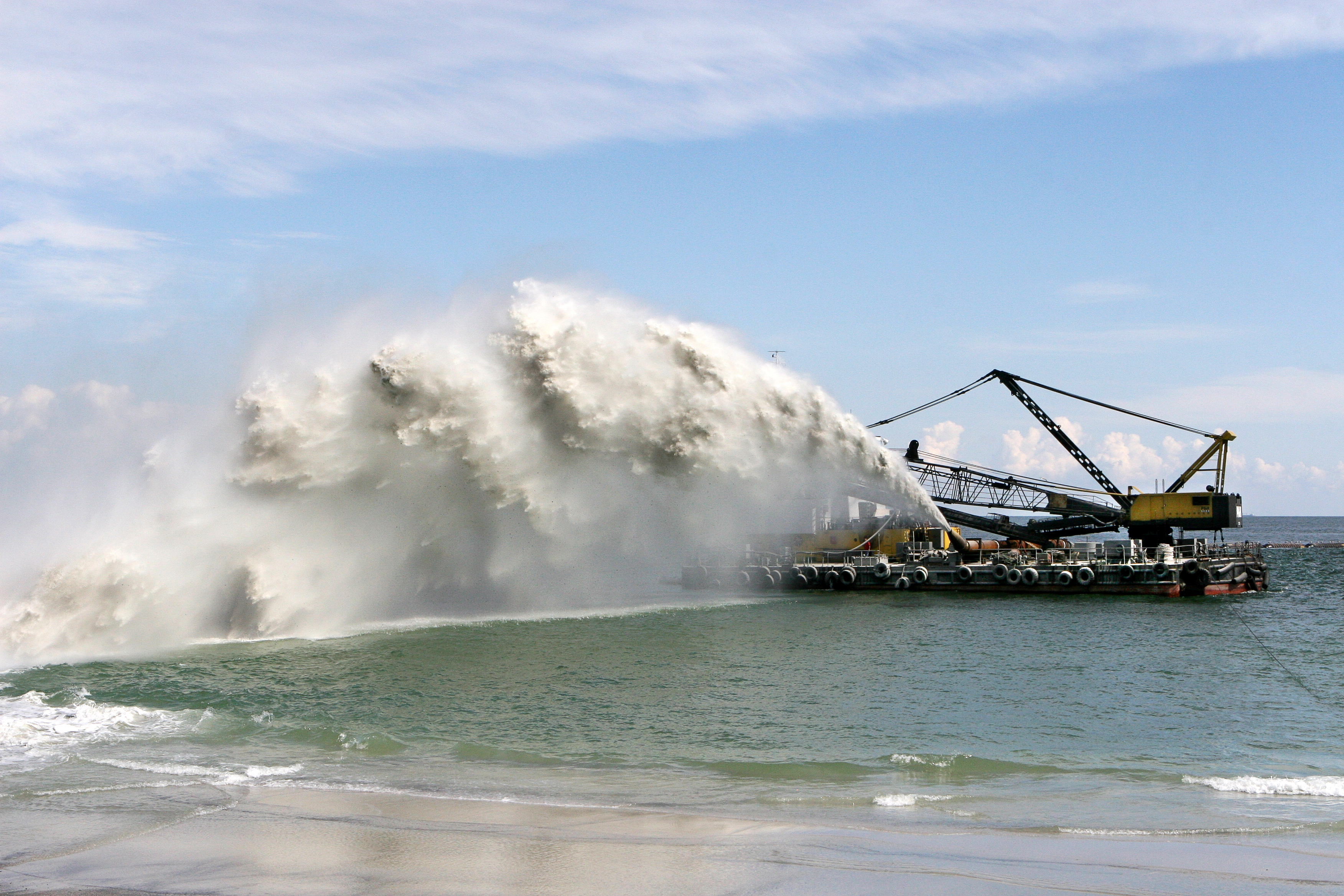Investing In Maritime

Investing in Maritime Infrastructure
The current legislative and fiscal environment in Congress has far reaching impacts on American consumers and businesses. Legislative gridlock has severely limited the appropriations process which directly affects investment in maritime infrastructure. The Harbor Maintenance Trust Fund, specifically designed to provide tax generated funds for infrastructure investment, has repeatedly seen those funds diverted to other programs and issues with no linkages to the maritime domain. This lack of investment combined with bureaucratic inertia within Federal agencies directed to assess and prioritize investment needs has limited needed investment in port and harbor maintenance to well below required levels. America's ports will continue to struggle to meet current needs and will lose competitiveness with other nations if needed investments and improvements are not committed to and adequately funded.
According to a Senate report on the 2012 Energy and Water Development Committee appropriations bill, the Inland Waterways Trust Fund “provides one-half the costs of construction and rehabilitation of locks and dams on the Inland Waterways System. The system moves nearly 600 million tons of cargo annually. To move that amount of cargo on the Nation’s highways would require an additional 24 million trucks or 5.456 million rail cars.” While the Committee report acknowledges “modernization of this system is critical if the Nation expects to continue to benefit from this highly fuel efficient and low pollution transportation link,” little progress has been made by the Congress or the Administration to ensure funds are adequately allocated to inland waterway maintenance. Lack of prioritization of investment for the infrastructure, as well as a diverse set of regulators and stakeholders, has led to a system that can be inefficient, overly bureaucratic, and difficult to manage.


